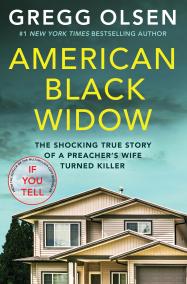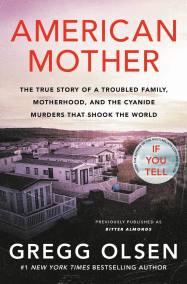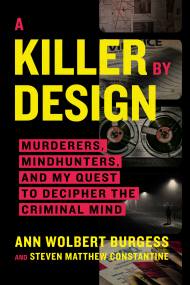Promotion
Use code BEST25 for 25% off storewide. Make sure to order by 11:59am, 12/12 for holiday delivery!
By clicking “Accept,” you agree to the use of cookies and similar technologies on your device as set forth in our Cookie Policy and our Privacy Policy. Please note that certain cookies are essential for this website to function properly and do not require user consent to be deployed.
Chaos
Charles Manson, the CIA, and the Secret History of the Sixties
Contributors
By Tom O’Neill
With Dan Piepenbring
Formats and Prices
- On Sale
- Jun 25, 2019
- Page Count
- 528 pages
- Publisher
- Little, Brown and Company
- ISBN-13
- 9780316477574
Price
$15.99Price
$20.99 CADFormat
Format:
- ebook $15.99 $20.99 CAD
- Audiobook Download (Unabridged) $38.99
- Trade Paperback $24.99 $32.99 CAD
This item is a preorder. Your payment method will be charged immediately, and the product is expected to ship on or around June 25, 2019. This date is subject to change due to shipping delays beyond our control.
Buy from Other Retailers:
A journalist's twenty-year fascination with the Manson murders leads to "gobsmacking" (The Ringer) new revelations about the FBI's involvement in this "kaleidoscopic" (The New York Times) reassessment of an infamous case in American history.
- Who were Manson's real friends in Hollywood, and how far would they go to hide their ties?
- Why didn't law enforcement, including Manson's own parole officer, act on their many chances to stop him?
- And how did Manson — an illiterate ex-con — turn a group of peaceful hippies into remorseless killers?
Genre:
-
“This is a book I can wholeheartedly recommend…It’s fucking amazing…This shit goes deep and it’s fascinating.”Joe Rogan
-
"Chaos is less a definitive account of the murders than a kaleidoscope swirl of weird discoveries and mind-bending hypotheticals that reads like Raymond Chandler after a tab of windowpane."The New York Times
-
"What if everything we thought we knew about the Manson murders was wrong? O'Neill spent 20 years wrestling with that question, and Chaos is his final answer. Timed to the 50th anniversary of the Manson murders, it's a sweeping indictment of the Los Angeles justice system, with cover-ups reaching all the way up to the FBI and CIA."Entertainment Weekly
-
"O'Neill's discoveries are stunning, especially when he's discussing the inexplicable leniency shown by law enforcement officials and by Manson's parole officer."The Washington Post
-
"If Helter Skelter whets your whistle, then O'Neill's blistering account of the conspiracy to cover up the flaws in the Manson prosecution is definitely your cup of tea."Nerdist
-
"A page-turner stacked with gobsmacking facts."The Ringer
-
"O'Neill's skillful accumulation of facts, untainted by bluffery, is a victory for honest discourse ... The discoveries that O'Neill has shared with the world-about lies, suppressions, and conflicts of interest-should scare the hell out of us."Sean Howe, Bookforum
-
"Forget Tarantino's film, journalist O'Neill has been working on this book for 20 years and has found all kind of interesting things, including unreleased documents and new interviews that show legal misconduct... Conspiracy or not, this is what you call beach reading."Style Weekly (Richmond)
-
"Whatever you think you know about the Manson murders is wrong. Just flat out wrong. Tom O'Neill's twenty years of meticulous research has unearthed revelations about the murders, the murderers, the prosecutors who tried them and a rogues gallery of cops, drug dealers, bent doctors, famous celebrities, grotesque government research, secret agents and shadowy figures in a conspiracy/cover up so sweeping and bizarre, you'll be as astounded as you are terrified. If your friends call you paranoid, maybe they're just ignorant."Joe Ide, author of IQ and Wrecked
-
"Gripping masterful stuff. A dazzling and compellingly obsessed journalistic detective story that invites you down the rabbit-hole to a sex, drugs, and celebrity-serial-killer America. O'Neill's sunk decades into uncovering something far freakier than Helter Skelter ever admitted. Buckle up kids, this is true crime at its truest and most compelling."Charles Graeber, Executive Producer of The Disappearance of Madeleine McCann and New York Times bestselling author of The Good Nurse
-
"Fans of conspiracy theories will find this a source of endless fascination."Kirkus
-
"Top-notch investigative work ... An excellent work of investigative journalism proving the 'true story' is not always the truth."Library Journal
-
"Riveting ... True crime fans will be enthralled."Publishers Weekly (Starred Review)
Newsletter Signup
By clicking ‘Sign Up,’ I acknowledge that I have read and agree to Hachette Book Group’s Privacy Policy and Terms of Use







